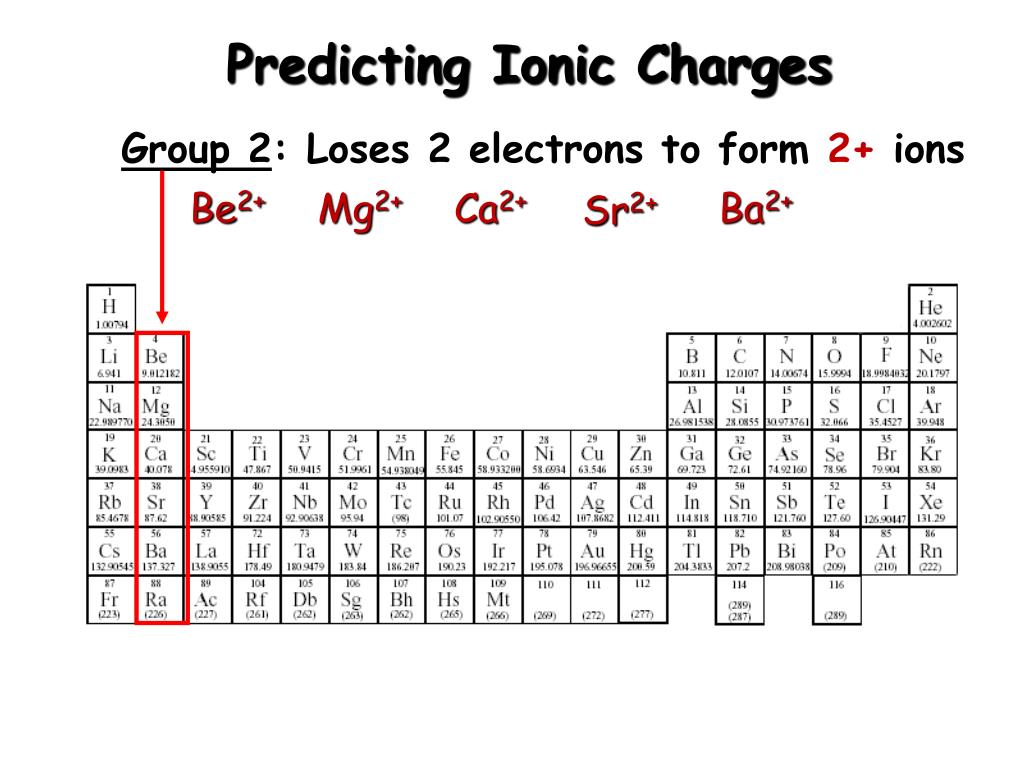

For anions, the hydroxide (OH) is the ion that. Reactivity Series The chemistry of the metals is studied by analysing their reactions with water and acids Based on these reactions a reactivity series of. So we might predict that a non-polar solvent that doesn't dissolve salts would be a bad solvent for a double replacement reaction. Reactivity Series: The cation of the metal lower down in the reactivity will be the first one to decompose.
#CATION REACTIVITY SERIES FREE#
The more you know about how the reaction occurs, and the more you know about the properties of different solvents (like their polarity), the more educated of a guess you can make! For example, in double replacement reactions, we know that the solubility of the reactants is important because we need free ions around. 3. In general, it's tricky to predict for any random reaction what medium it might need. Water is a really great solvent whenever you want to have ions around. This is known as the reactivity series and is shown in Figure 12-28 with. Double replacement reactions always occur in water, with the reactants in the aqueous state. Medium: dissolves into metal cations and anions of acid radical - (Na+)2(SO42-). The series is based on empirical data on the ability of a metal to displace hydrogen gas from water and acid. The reactivity series is also known as the activity series of metals. Luckily, there aren't that many strong acids and bases, and you can learn morem about this from this video: Īnything that is soluble in water and dissolved (separated into individual cations and anions) is in the aqueous state. The reactivity series is an ordering of metals from most reactive to least reactive. It is helpful to have the strong acids and bases memorized, since they have special reactivity. substituted quinuclidines of the reactions of a series of triaryl- methyl cations with water. The cation (or positively charged ion) of the salt comes from the base, and the anion (or negatively charged ion) comes from the acid. of reactivity of cation types is aryldiazonium > xanthylium.

A characteristic of this reaction is that one cation trades places with another to form a new product. If you have tried this reaction at home, you probably remember a lot of fizzing because the neutralization reaction is accompanied by a gas-producing reaction, where the carbonic acid decomposes into carbon dioxide gas-bubbles!-and water.Ī salt is generally any ionic compound, though I have also seen it defined as an ionic compound that is formed when you react an acid and a base. This reaction is known as a single-displacement reaction. A + B − + C + D − → A + D − + C + B − \greenD NaCH 3 COO start text, N, a, C, H, end text, start subscript, 3, end subscript, start text, C, O, O, end text.


 0 kommentar(er)
0 kommentar(er)
